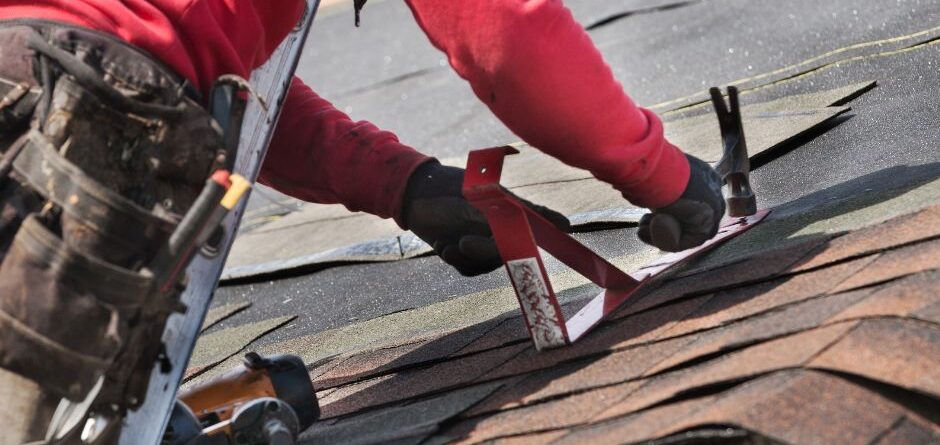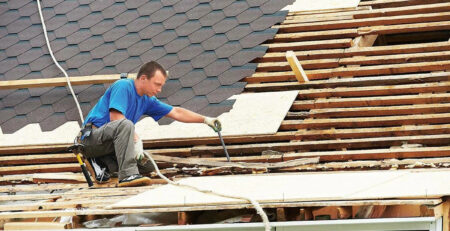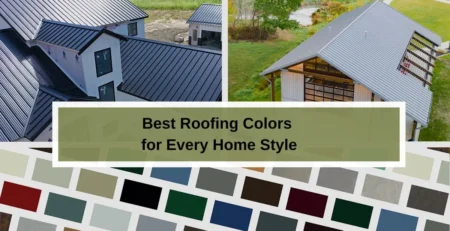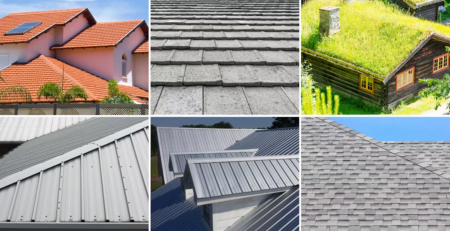Felt vs Synthetic Underlayment: Which is Better?
“It’s what’s under your shingles that really counts.”
That’s a phrase I’ve repeated hundreds of times during roof replacements across Toledo — and it holds true every time.
Most homeowners focus on the visible parts of their roof: shingles, flashing, and gutters. But the real protection starts underneath, with the roof underlayment. If you’ve been researching roof replacement or repairs, you’ve probably come across the debate: felt vs synthetic underlayment. So, which one’s better for your home here in Northwest Ohio?
Let’s break it down in plain terms — roofer to homeowner.

Why Underlayment Matters in Toledo’s Weather
Toledo roofs go through freeze-thaw cycles, heavy spring storms, summer UV heat, and the occasional windstorm strong enough to lift shingles. Underlayment acts as your roof’s second line of defense, catching water that sneaks past the shingles and preventing leaks.
If your underlayment fails, even brand-new shingles won’t save your roof from water damage.
What Is Felt Roofing Underlayment?
Felt (also known as tar paper) has been the go-to roofing underlayment for over a century. It’s made from a paper base, saturated with asphalt to help resist water.
Pros of Felt:
- Low-cost option: Great for budget-conscious jobs
- Time-tested: Proven performance when installed properly
- Two weight options: #15 and #30 felt (the higher the number, the thicker and stronger it is)
Cons of Felt:
- Heavier: Harder to handle during installation
- Tears easily in high wind before shingles go on
- Wrinkles when wet, which can show through shingles
- Limited UV resistance (can degrade if exposed for more than a few days)
We once replaced a roof in Oregon, OH, where felt underlayment was left exposed for too long by another contractor — it curled and failed before shingles were even installed.
What Is Synthetic Roofing Underlayment?
Synthetic underlayment is made from engineered polymers (usually polypropylene or polyethylene), and it’s become the modern standard for many roof replacement companies in Toledo.
Pros of Synthetic:
- Stronger and tear-resistant — perfect for windy days on the job
- Lightweight and easy to install
- Highly water-resistant
- Better UV protection (can be exposed for weeks if needed)
- Safer walking surface for roofers
Cons of Synthetic:
- Higher upfront cost
- Some budget synthetics don’t perform as well as premium brands (we only use trusted options like Owens Corning or CertainTeed)
So… Felt or Synthetic for Your Roof?
Here’s our take on Pro Craft Home Products:
For most Toledo homes, synthetic underlayment is the smarter, longer-lasting choice.
If you’re investing in a roof to last 25+ years — and want added peace of mind during storm season — synthetic pays off in the long run.
However, we’ll always talk through both options with you during your roof inspection and quote process. In some budget-friendly scenarios (especially for detached garages or sheds), felt underlayment might be the right fit.
Real Example From Toledo
A homeowner in Toledo, OH had a tight budget but needed full roof replacement after hail damage. We explained both options and offered synthetic underlayment at a small added cost. They opted in — and two months later, when a storm blew through before the shingles were installed, that synthetic underlayment saved them from major water intrusion.
Ready to Talk Roofing Underlayment in Toledo?
If you’re not sure what’s under your current shingles — or you’re comparing quotes — don’t go it alone. At Pro Craft Home Products, we’ll walk your roof, check the decking, and give you a clear breakdown of underlayment choices.
No pressure. No nonsense. Just real advice from Toledo’s trusted roofing company.
Call 419.475.9600 today
FAQ: Felt vs Synthetic Roofing Underlayment
Is synthetic underlayment better than felt?
Yes, in most cases. Synthetic is stronger, more water-resistant, safer to walk on, and lasts longer — especially in Toledo’s unpredictable weather.
Is felt paper still used on roofs today?
Yes. #15 and #30 felt are still used, especially in lower-cost installations. But most professional roofers now recommend synthetic underlayment for longer-lasting protection.
Can synthetic underlayment be left exposed?
Yes. Most synthetic underlayments can handle UV exposure for 30 to 90 days, depending on the brand, unlike felt, which can wrinkle and fail if exposed too long.
How much more does synthetic underlayment cost?
Synthetic underlayment typically adds $200–$500 to the total roof cost, depending on roof size. But the added protection often pays for itself with fewer leak risks.












